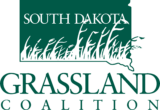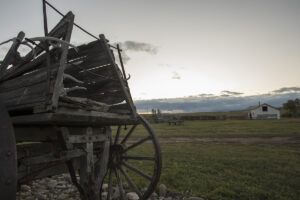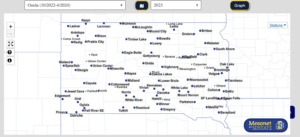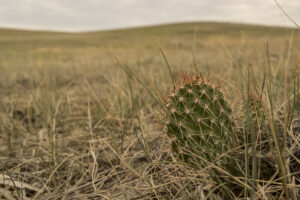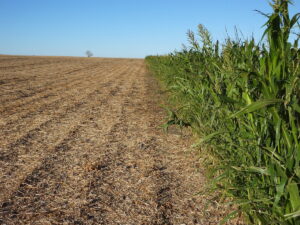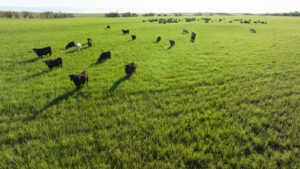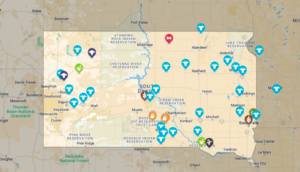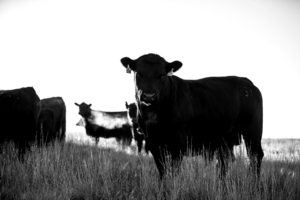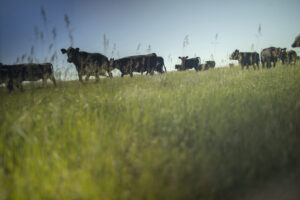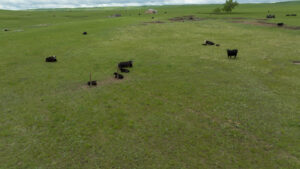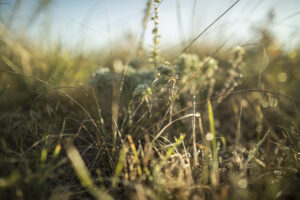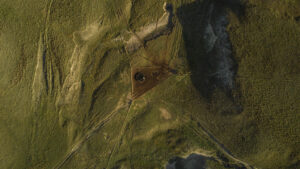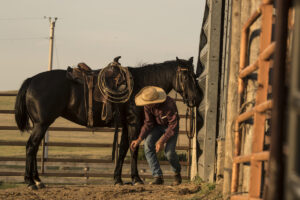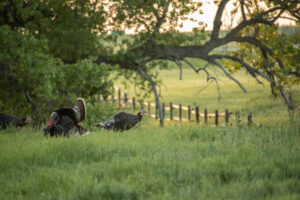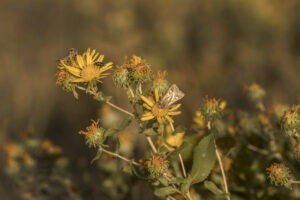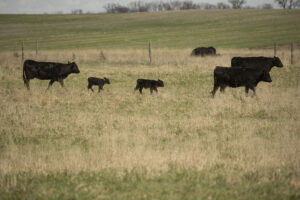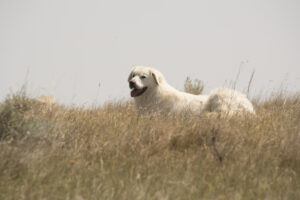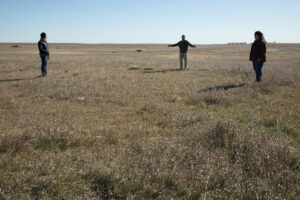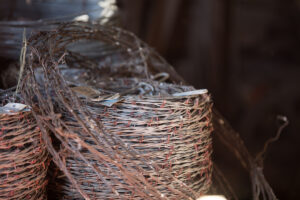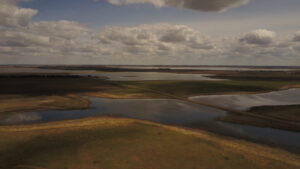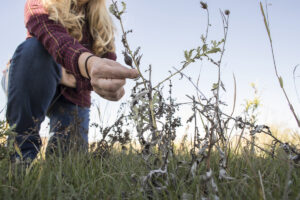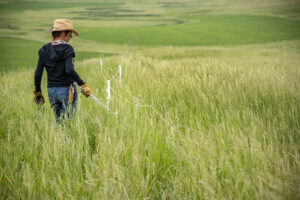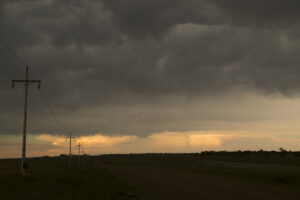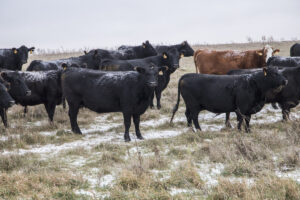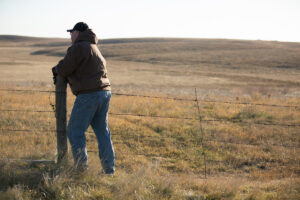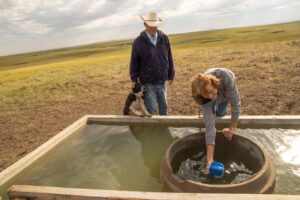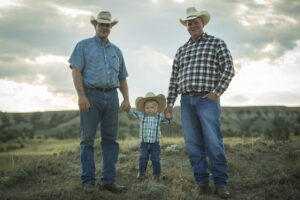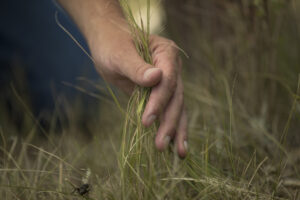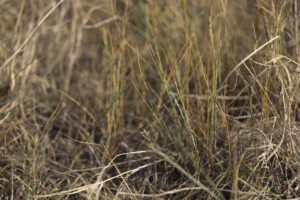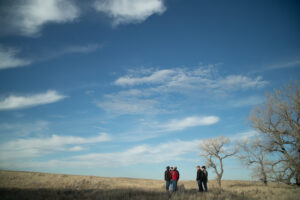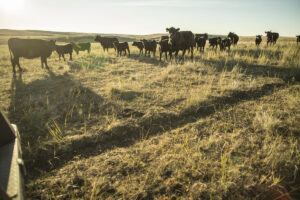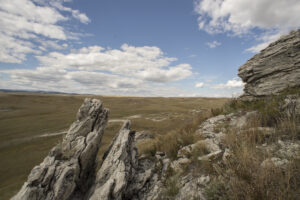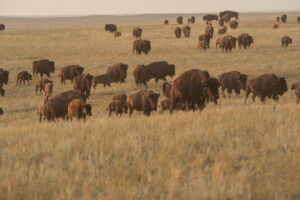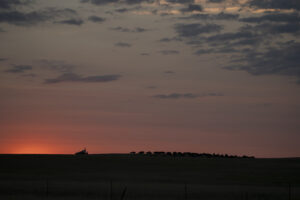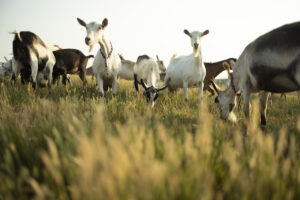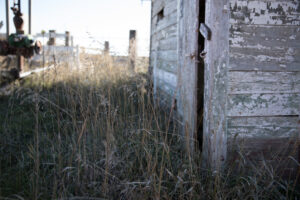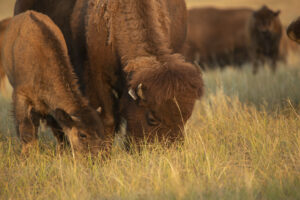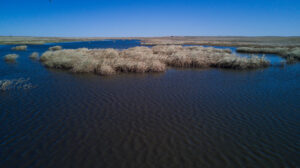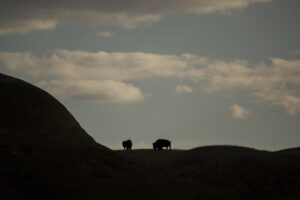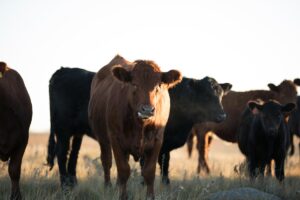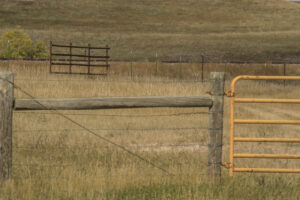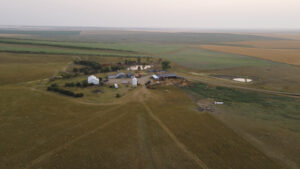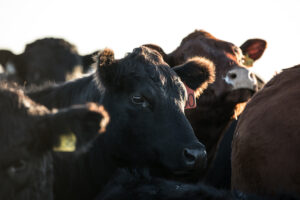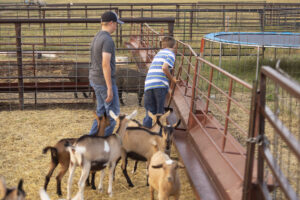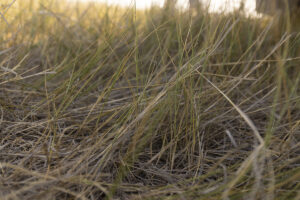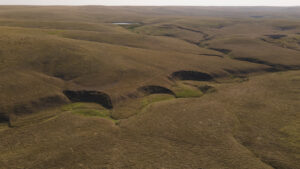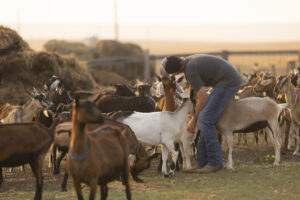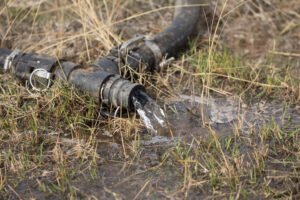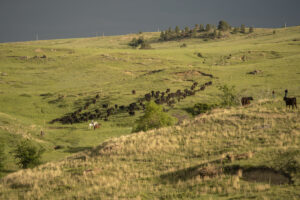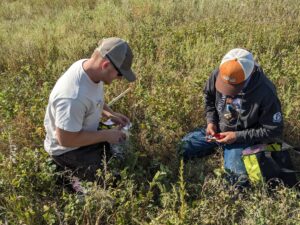The SD Grasslands Summit in Oacoma on March 18 and 19 featured several speakers and a panel focusing on the financial aspect of keeping grass right side up. Only 16%...
Read MoreSouth Dakota Mesonet: Tools for Drought
Drought planning is an important component of ranch management. A good drought plan should have a series of critical “trigger dates” in which the manager evaluates climate information and makes...
Read MoreDrought: Plan for a good year,
By this time of year, in March, producers who are experienced in developing and updating grazing plans and drought contingency plans have already reached their first trigger date decision on...
Read MoreSensible Solutions to Problem Saline Soils
Farming through saline soils and treating them the same as the rest of the field wastes inputs and produces lower yields, and results in a drag on overall field profits....
Read MoreHolistic Resource Management (HMR) – The
If there is a “silver bullet” in ranching, it is building and maintaining healthy soil in rangeland. Heathy soil in pastures drives profit, holds water around plant roots, in- creases...
Read MoreGrazing Exchange
The Grazing Exchange, initiated by the SDSHC, is a way to get livestock integrated into cropland and providing rest to grasslands. In addition, it also is a way to connect...
Read MoreWhy you might be wrong about
Despite its numerous benefits, many cattle farmers are still hesitant to adopt rotational grazing due to several misconceptions and fears. In this blog post, we will explore some of the...
Read MoreCreating Healthy Pastures: Rest & Recovery
Rotational grazing creates healthier pastures by allowing time for plants to rest & recover after being bit by livestock.
Read MoreEnd of the Season Monitoring
It’s often said “you cannot manage something that has not been measured”. The late Peter Drucker, founder of modern business management theory often stressed thisprinciple. The same can be applied...
Read MoreThe Green Side Up: Assessing the
Native and exotic plants have many values that label them as ‘good’ or ‘bad’, but assessing the value of plant diversity in pastures is worth the effort.
Read MoreHow to Use a Drone on
How to incorporate new technology into a ranching operation takes a bit of time and ingenuity. Several producers shared their perspective for this article.
Read MoreHolistic Ranch Management Helps With Economic
Holistic Ranch Management Helps With Economic And Climate Resilience
Read MoreWhat’s Good for the Bird is
The Bird Conservancy of the Rockies and South Dakota Grassland Coalition have a shared view: native grasslands of North America are one of the most imperiled ecosystems in the world...
Read MoreFlash Grazing in the Spring
Flash grazing in the spring is kind of like finding lost money in the couch cushion.
Read MoreShortening the Calving Season
Whether the goal is having a uniform group of calves to sell or avoiding hot weather during late spring calving, keeping the calving season within a narrow window can add...
Read MoreWho Is Going to Guard the
The most efficient method of keeping predators away from small livestock such as sheep is to employ guardian animals.
Read MoreSmall Start – Big Payoffs
Start small and see big payoff with the benefits of regenerative practices
Read MoreDucks and Grazing: A Grazing Systems
As grassland resources across the northern prairies continue to decline, it is important to manage what remains as efficiently as possible. The most common practice used to manage grasslands is...
Read MoreRange 101: Virtual Fencing a Game
Like any new technology, the cost should decrease over time. Some issues of concern which still exists for many were the cybersecurity of the system and who owns these data?...
Read MoreEvery Acre Counts
Devoting resources, creating new partnerships, and recognizing the potential impact on marginal lands across the state of South Dakota is what created the Every Acre Counts Program. South Dakota State...
Read MoreThe Green Side Up: Partner Commitments
SD Grassland Coalition Grown substantially over the last decade with the generous support of partner organizations that share in the mission and vision of the Coalition. There have been many...
Read MoreElectric Fencing
the first cross fences Consisted of steel posts and barb wire went in at Rock Hills Ranch in 1985. After stringing what probably amounts to several thousand miles of fence...
Read MoreStacking Enterprises
I’ve lived in the Great Plains for 30 years and you would think I would be used to the wacky weather we have here in South Dakota. However, each year...
Read MoreRotational Grazing and Drought Planning
Rotational grazing Creates soil health which promotes plant growth. Increased soil health leads to greater drought tolerance. If you have historically season long grazed, the pastures will respond positively, over...
Read MoreFencing Dilemmas
It’s no secret that ag inputs can be hard to find and expensive. Fencing supplies are a good example. I visited with Reed Cammack at Cammack Supply at Union Center...
Read MoreWatering Cattle – Combine Herds for
The current drought of 2021-2022 is in progress Most ranches have started implementing their drought plans by selling off less desirable classes of cattle. Based on NOAA`s monthly long range...
Read MoreSuccession Planning
We recently attended the ND Grazing Lands Coalition Succession Planning Workshop. This event was sponsored by the National Grazing Lands Coalition and the ND Grazing Lands Coalition. Marissa Nehlsen’s Freedom...
Read MoreThe Green Side Up: How will
UPDATE ON 2022 LANDOWNER PRESCRIBED FIRE WORKSHOPS Landowner workshop dates are April 27th & 28th at the SDSU Extension Office at Mitchell Tech and June 2nd & 3rd at the...
Read MoreRange 101: Plant Identification
the trail boss by Charles M. Russell, is the logo of the Society for Range Management (SRM). This famous painting depicts the cowboy watching over cattle as they are driven...
Read MoreFinding the Right Balance: Holistic Resource
in 2022 It is not hard to find a ranch mentor who is feeding the soil to create more productive rangeland. Glenn Elzinga, Bob Kinford, and Gabe Brown are just...
Read MoreThe Green Side Up: Is prescribed
One of our board members recently posed a question about the carbon cycle and fire. The concern is that fire obviously releases carbon into the atmosphere that might otherwise be...
Read MoreRange 101: Winter Grazing Planning
Ranching in the northern Great Plains is a tough place to work, especially in the winter. Traditional winter feed costs can make up 60% or more of the annual cow...
Read MoreWhen You Don’t Want to Buy
Late summer rains in much of the state have boosted cool-season grasses extending fall grazing, but many producers harvested a minimal amount of hay to get them through the winter....
Read MoreRange 101: Fall Monitoring
Fall is a great time to monitor your pasture resources and get a picture of how the grazing season went. It might be discouraging to do this in a drought...
Read MoreEastern Red Cedar Tree Control Using
Eastern red cedar (Juniperus virginiana L.) A native tree to the eastern half of the US. It has been slowly spreading into the Great Plains over the last 100 years....
Read MoreWeed Control, One Bite at a
We’re in our third year of custom grazing sheep at Rock Hills Ranch. Our pastures have a diverse mix of grass, forbs, and shrubs, some of which cattle won’t consume....
Read MoreIncreasing Stocking Rates: Here is how
Increasing stocking rates is the goal of every land manager wanting to keep the wolf away from the doorstep. That is just about all of us. However, we are limited...
Read MoreBlue-Green Algae and Livestock
With the expanding drought conditions across Western South Dakota, there are increased concerns about livestock water quality. One water quality concern stems from the algae blooms on stock dams. The...
Read MoreRange 101: Warm-Season Growth Curve
During drought years it is often easier to observe the differences between warm-season and coolseason plants. This is especially true in July. I have been collecting biomass samples every two...
Read MoreRange 101: Efficiencies of Rotational Grazing
Rotational grazing has become an important management tool in the grazing livestock industry. This practice has been tested on tens of thousands of farms and ranches for over 50 years....
Read MoreDrought Planning: A Case Study
Joshua Dukart North Dakota Holistic Resource Management trainer, at a recent HRM school in Faith said “our ranching business should be designed to focus on identifying and pursuing opportunities. With...
Read MoreRange 101: Grass-Cast
introduction Drought is a relatively common occurrence in the central and northern Great Plains. Spring drought (April-June) occurs 19-35% of the time in our region (see Smart et al. 2021...
Read MoreSelecting a Calving Season Based on
Choosing the calving season is a complex and highly individual decision for each beef cattle producer. This leads to a wide range of calving seasons across the Northern Plains. Various...
Read MoreThe Culture of Whole Ranch Management
Zane Grey The Western author of the last century; created a wonderful picture of ranching and the cowboy life. His characters became heroes for many of his readers. As Grey...
Read MoreGrass Finishing Genetics
The first bull catalog arrived in our mailbox shortly after Jan. 1, so it’s time to think about that aspect of beef production. Industry forecasters predict that demand for grass...
Read MoreThe Green Side Up
As the US Department of Agriculture (USDA) continues to work cooperatively with conservation groups and landowners the Conservation Reserve Program (CRP) continues to improve and is now more practical for...
Read MoreRange 101: Goal Setting
As we begin a new year, I thought it appropriate to write about goal planning. Each year, I start my Ranch Management Planning course by reviewing the holistic goal concept...
Read MoreBale Grazing: The Lazy Cattleman’s Way
Bale grazing builds soil health while easing the work of feeding cattle in the winter. Dennis Hoyle (Roscoe, SD), Dallas Anderson (Eureka, SD), and Doug Sieck (Selby, SD) shared their...
Read MoreWhat To Do With Invading Brome
Walking through Charlie Totton’s pasture in September this year is difficult. The grass is thick making me work at the task. As I walked slowly, I was trying to identify...
Read MoreGrazing Schools in South Dakota Focus
Holistic Resource Management is a strong approach to changing ranch culture and increasing rangeland productivity.
Read MoreGrassroots Newsletter
Grassroots brings you comprehensive, informative and timely material geared towards a collective interest as grassland managers.
